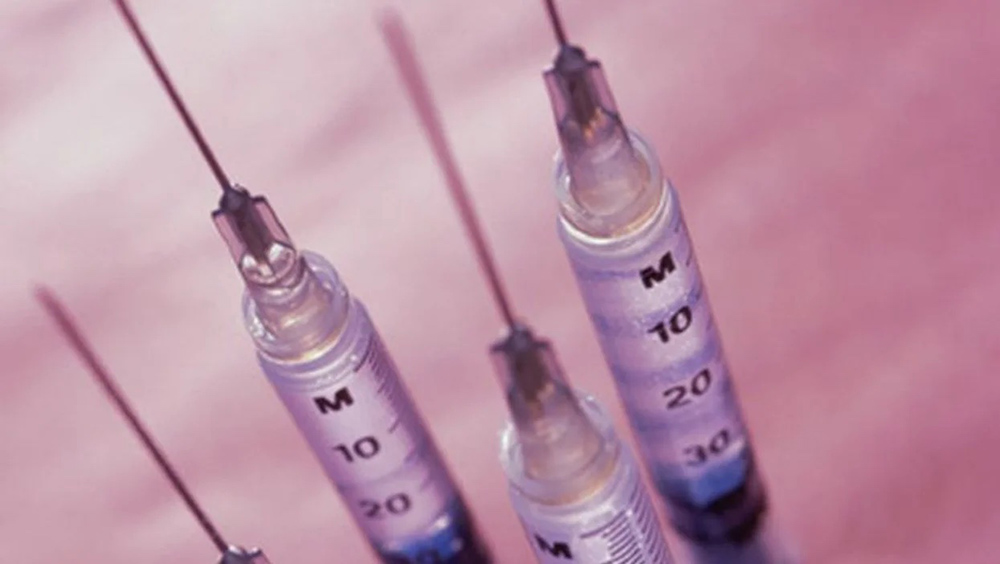By: Robin Foster & Ernie Mundell
The fate of Johnson & Johnson’s coronavirus vaccine hung in the balance last Thursday after a government advisory committee said it needed more time and evidence to determine whether unusual, but severe, blood clots seen in a handful of people were caused by the vaccine.
So far, only six clotting cases have been officially reported out of more than 7 million shots given of the one-dose vaccine. But last Tuesday, U.S. health officials recommended a pause in J&J vaccinations.
Last Wednesday, advisers to the U.S. Centers for Disease Control and Prevention held an emergency meeting to look at the evidence and decided they did not have enough information or time to recommend how to proceed and they would meet again within 10 days, the Associated Press reported.
But some vaccine specialists who watched the deliberations said the public shouldn’t have to wait for more advice.
“What they did was they punted,” Dr. Paul Offit, a vaccine expert at the Children’s Hospital of Philadelphia, told the AP. “I just don’t think waiting is going to give you a critical amount of information that is going to help you make a decision.”
But the CDC advisors stressed they need to proceed carefully.
“I continue to feel like we’re in a race against time and the variants, but we need to [move forward] in the safest possible way,” said CDC adviser Dr. Grace Lee, of Stanford University, who was among those seeking to postpone a vote on the vaccine, the AP reported.
Authorities have studied the clots for only a few days and have little information to judge the shot, said fellow CDC adviser Dr. Beth Bell, from the University of Washington, the AP reported.
“I don’t want to send the message [that] there is something fundamentally wrong with this vaccine,” Bell said. “It’s a very rare event. Nothing in life is risk-free. But I want to be able to understand and defend the decision I’ve made based on a reasonable amount of data.”
One of the most worrying things about the clots is that they are not like typical clots, and they require different treatment. They occur in unusual places, such as in veins that drain blood from the brain, and in people with abnormally low levels of clot-forming platelets, the AP reported. The six cases raised an alarm bell because that number is at least three times more than experts would have expected to see of more typical clots, said the CDC’s Dr. Tom Shimabukuro.
“What we have here is a picture of clots forming in large vessels where we have low platelets,” Shimabukuro explained to the AP. “This usually doesn’t happen,” but it is eerily similar to European reports of clotting with the AstraZeneca vaccine.
Luckily, there are no signs of similar clots after vaccination with the Pfizer and Moderna shots, which are the main players in the U.S. COVID-19 vaccination campaign.
The J&J clotting cases were all among women younger than 50. But the CDC advisory panel stressed that there’s not enough information to tell if only certain groups would be at risk, the AP reported. In Europe, most but not all cases following AstraZeneca vaccinations have been among women under 60, leading different countries to deploy that vaccine in more limited ways.





